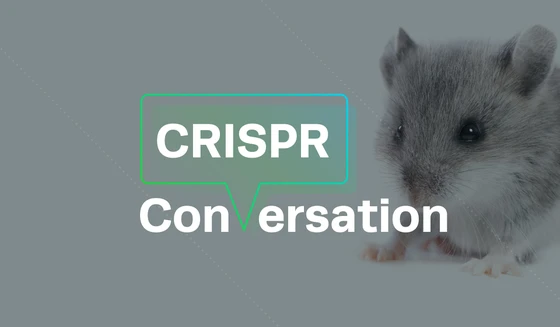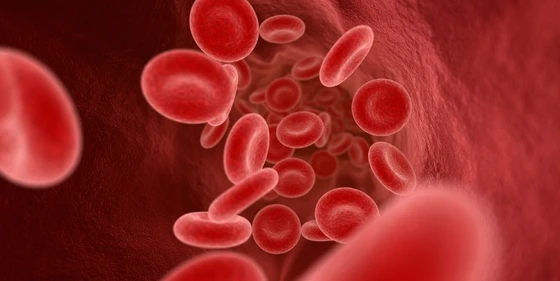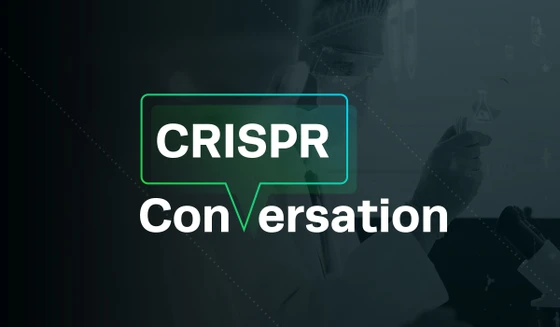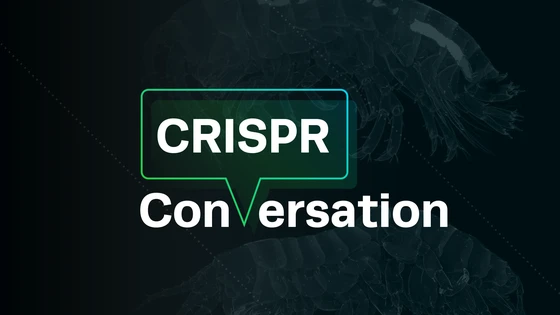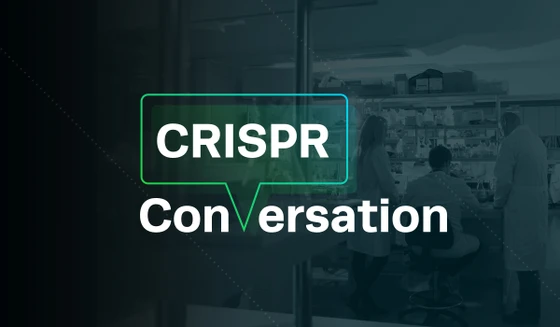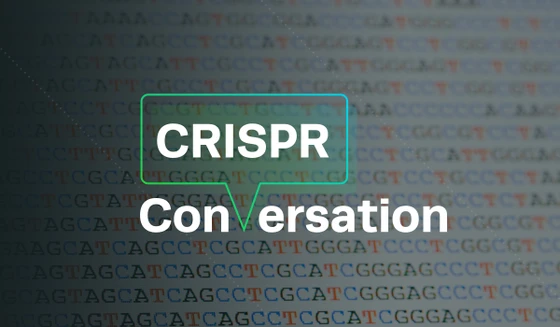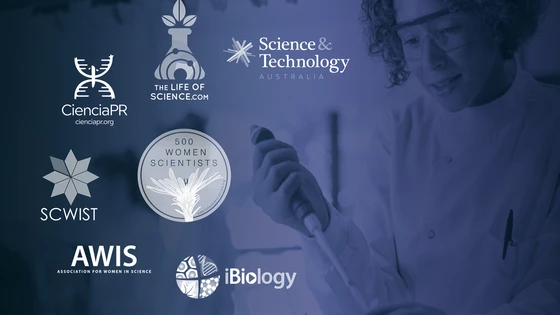Dr. Laura Lambert is the Assistant Director of the Transgenic & Genetically Engineered Models Core Facility at the University of Alabama at Birmingham (UAB). Her work centers on creating rat and mouse models to study genetic diseases, including neurofibromatosis (NF). UAB has emerged as an international leader in NF research—their Medical Genomics Lab conducts the greatest number of NF genetic tests in the world.
Dr. Lambert is also currently teaching a class at UAB on how to use CRISPR as a research tool. The course is in high demand, and has attracted students from all over the world. Synthego is working with Dr. Lambert and UAB as a sponsor to make this class possible.
Dr. Laura Lambert Uses CRISPR to Create Animal Models

Kevin Holden: Can you tell us a little bit about your research?Laura Lambert: I am the Assistant Director of our transgenic facility here at UAB. In addition to making animal models for our university and investigators external to our university, we also study a genetic disease called neurofibromatosis type 1. We are generating different patient mutations along this gene and looking at the resulting phenotypes. We have recently generated a rat model of NF1 that has a patient SNP with an aggressive form of breast cancer. We are currently trying to tease apart that mechanism.
Laura Lambert: I am the Assistant Director of our transgenic facility here at UAB. In addition to making animal models for our university and investigators external to our university, we also study a genetic disease called neurofibromatosis type 1. We are generating different patient mutations along this gene and looking at the resulting phenotypes. We have recently generated a rat model of NF1 that has a patient SNP with an aggressive form of breast cancer. We are currently trying to tease apart that mechanism.
KH: Can you tell us about your research institute, how long you have been here, and how you came to be here?LL: I am at the University of Alabama at Birmingham; we are distinct from the University of Alabama. I came to UAB as a graduate student in 2012. I did my Ph.D. here, and then became the Assistant Director of the facility.
Our transgenic facility is a small to mid-size operation. We are working on 15 to 20 different projects at any given time. We are generating mice and rats and are also consulting and doing some embryonic stem-like (ESL) and induced pluripotent stem cells (iPSC) generation.
LL: I am at the University of Alabama at Birmingham; we are distinct from the University of Alabama. I came to UAB as a graduate student in 2012. I did my Ph.D. here, and then became the Assistant Director of the facility.
Our transgenic facility is a small to mid-size operation. We are working on 15 to 20 different projects at any given time. We are generating mice and rats and are also consulting and doing some embryonic stem-like (ESL) and induced pluripotent stem cells (iPSC) generation.
KH: How were you doing gene editing before you used CRISPR for your work?LL: When I came into this gene-editing facility in 2012, we were using TALENS, so we were building them in-house. Then we came to use CRISPR. As you know, the landmark paper was published the next year, so we immediately adopted that in the lab. When we first started working with CRISPR, we were working with two separate vectors, one with our guide and one with our Cas9, and we were injecting them in double-strand plasmid form.
LL: When I came into this gene-editing facility in 2012, we were using TALENS, so we were building them in-house. Then we came to use CRISPR. As you know, the landmark paper was published the next year, so we immediately adopted that in the lab. When we first started working with CRISPR, we were working with two separate vectors, one with our guide and one with our Cas9, and we were injecting them in double-strand plasmid form.
"We were having trouble making some particularly tricky SNPs that we just couldn't get generated. When we switched over to Synthego, we were able to make them immediately, so we were very happy with the product. "
KH: Did it become a little complicated when you were using multiple plasmids and also trying to clone in donor pieces of DNA?LL: Yes, we had complications working with two different vectors. The biggest issue for us in using CRISPR in that form is that we are working with embryos, where time is absolutely of the essence. We have only a matter of hours before the cell starts to divide, so, relying on the cellular machinery to produce the Cas9 and guide RNA and having them complex in vivo was really reducing our efficiencies.
LL: Yes, we had complications working with two different vectors. The biggest issue for us in using CRISPR in that form is that we are working with embryos, where time is absolutely of the essence. We have only a matter of hours before the cell starts to divide, so, relying on the cellular machinery to produce the Cas9 and guide RNA and having them complex in vivo was really reducing our efficiencies.
KH: Now you have switched over to doing the ribonucleoprotein (RNP) way of using CRISPR. How did you first hear about Synthego?LL: I first heard about Synthego just doing a Google search for guide RNA and reading papers. Then I met you at a gene editing conference and that's where I really became familiar with your product. But we had already used them before because I had some positive experiences to tell you about the first time that we met.
LL: I first heard about Synthego just doing a Google search for guide RNA and reading papers. Then I met you at a gene editing conference and that's where I really became familiar with your product. But we had already used them before because I had some positive experiences to tell you about the first time that we met.
Mouse Embryo Microinjection Protocol
This CRISPR mouse embryo microinjection protocol, provided by researchers at the University of Rochester Mouse Genome Editing Resource, was designed to allow highly efficient introduction of synthetic single guide RNA into mouse embryos. Achieve high editing efficiencies in your CRISPR experiments with minimal optimization.
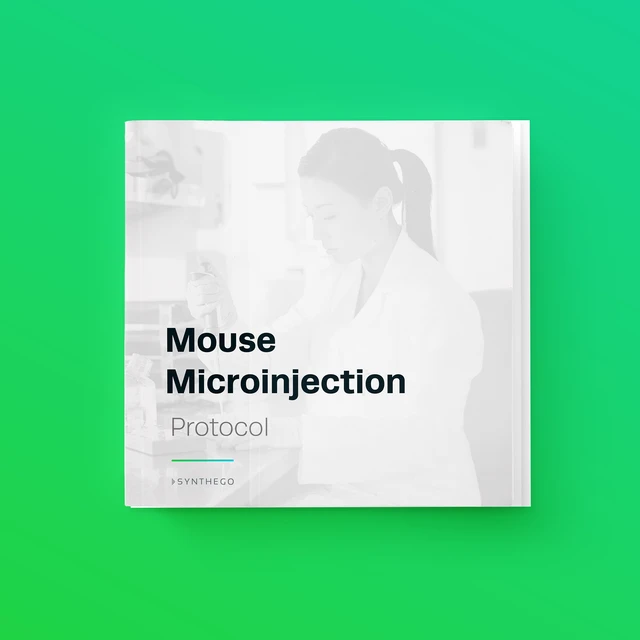
We were really interested in getting away from the two-part guide system and we were having trouble making some particularly tricky SNPs that we just couldn't get generated. When we switched over to Synthego, we were able to make them immediately, so we were very happy with the product.
KH: It's interesting that using a single guide can be more effective than the two-part guide. We have seen that in cell lines, so it’s great to know that it happens in embryos as well. We don't always know why this is true, but maybe the two pieces become disassociated or they are less stable inside of a cell or an embryo.
That's great, and obviously, that led to us sponsoring the class you are teaching. Could you tell us about this course, how big the class is, and where the students are from? Do you anticipate doing a lot more of these courses?LL: Right now, I am on day one of a three-day course. We are teaching how to make animal models using CRISPR, and how you would go about choosing the correct target and designing repair templates in whatever model you may be working with. The majority of people enrolled in the class are interested in some type of cell line, so we are just going over the core principles with CRISPR.
We have 74 enrollees for this course, which is a much higher level of enthusiasm than I was expecting, so we are definitely planning on offering more sessions. I have had people contact me saying, “I can't make it to this one, can you please offer another one?” We have enrollees from first-year graduate students, all the way through full tenured professors, as well as surgeons, and medical students.
LL: Right now, I am on day one of a three-day course. We are teaching how to make animal models using CRISPR, and how you would go about choosing the correct target and designing repair templates in whatever model you may be working with. The majority of people enrolled in the class are interested in some type of cell line, so we are just going over the core principles with CRISPR.
We have 74 enrollees for this course, which is a much higher level of enthusiasm than I was expecting, so we are definitely planning on offering more sessions. I have had people contact me saying, “I can't make it to this one, can you please offer another one?” We have enrollees from first-year graduate students, all the way through full tenured professors, as well as surgeons, and medical students.
KH: You mentioned that some of the students are actually coming over from India to learn how to do this, correct?LL: Yes, we have a collaboration working with India to help them set up their first government-sponsored transgenic facility, something similar to JAX (The Jackson Laboratory). We have five international trainees from India who are learning both the theoretical and technical principles behind model generation.
LL: Yes, we have a collaboration working with India to help them set up their first government-sponsored transgenic facility, something similar to JAX (The Jackson Laboratory). We have five international trainees from India who are learning both the theoretical and technical principles behind model generation.
"I am not even thinking about plasmids anymore. That’s saving us weeks of time and frustration, and a lot of money. "
KH: Since you started using the synthetic guides and the RNP format, how would you say this has benefited your research workflow?LL: It has helped me out time-wise. It may sound trivial, but not having to anneal the two-part guides with one another has been very helpful. I know I can just go to the freezer and pull out an aliquot and it's ready to go.
Like I said, 30 minutes may not sound like that big of a deal, but when I have four hours between the time that I collect embryos and when they start dividing, that's a big chunk of time that I could be on the scope injecting them. That has been really beneficial for us.
LL: It has helped me out time-wise. It may sound trivial, but not having to anneal the two-part guides with one another has been very helpful. I know I can just go to the freezer and pull out an aliquot and it's ready to go.
Like I said, 30 minutes may not sound like that big of a deal, but when I have four hours between the time that I collect embryos and when they start dividing, that's a big chunk of time that I could be on the scope injecting them. That has been really beneficial for us.
KH: I know! When I started using RNPs and moving away from plasmids, not having to do all the cloning was the big thing for me.LL: I am not even thinking about plasmids anymore. That’s saving us weeks of time and frustration and a lot of money.
LL: I am not even thinking about plasmids anymore. That’s saving us weeks of time and frustration and a lot of money.
KH: Just one last question, what is your favorite thing about Synthego?LL: I like interfacing with your website. When I go on there, everything is really modern and clear, and easy to use. I know when I am training people that I can take them to this website and they are not going to have to click around and have a lot of trouble with it. So, I enjoy that.
LL: I like interfacing with your website. When I go on there, everything is really modern and clear, and easy to use. I know when I am training people that I can take them to this website and they are not going to have to click around and have a lot of trouble with it. So, I enjoy that.
Mouse Embryo Microinjection Protocol
This CRISPR mouse embryo microinjection protocol, provided by researchers at the University of Rochester Mouse Genome Editing Resource, was designed to allow highly efficient introduction of synthetic single guide RNA into mouse embryos. Achieve high editing efficiencies in your CRISPR experiments with minimal optimization.

